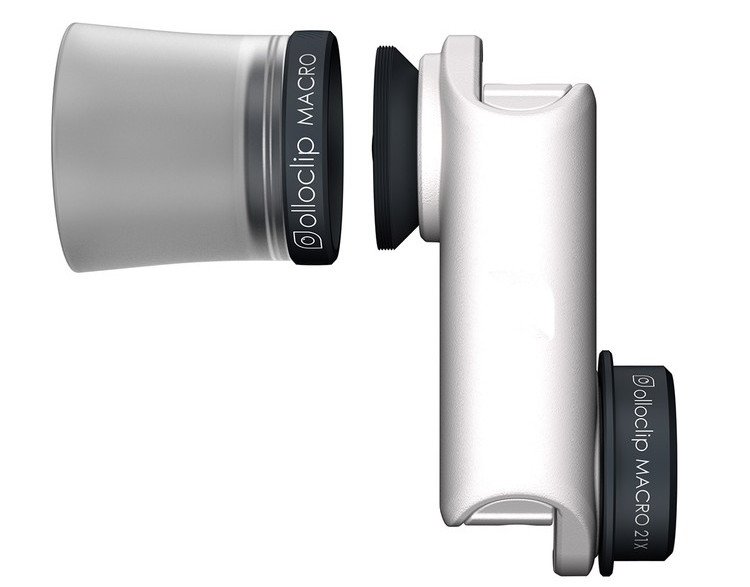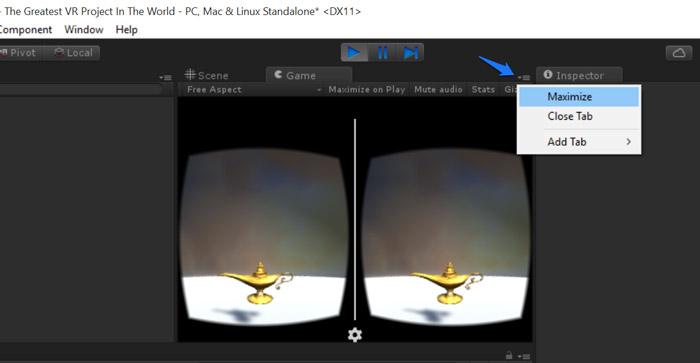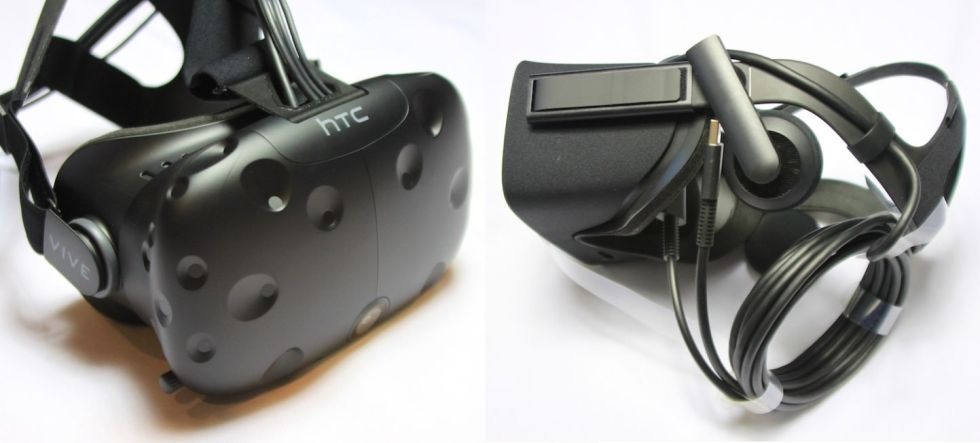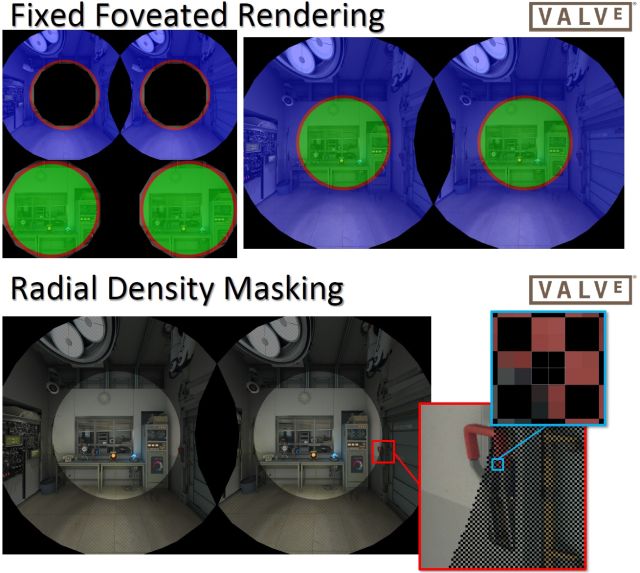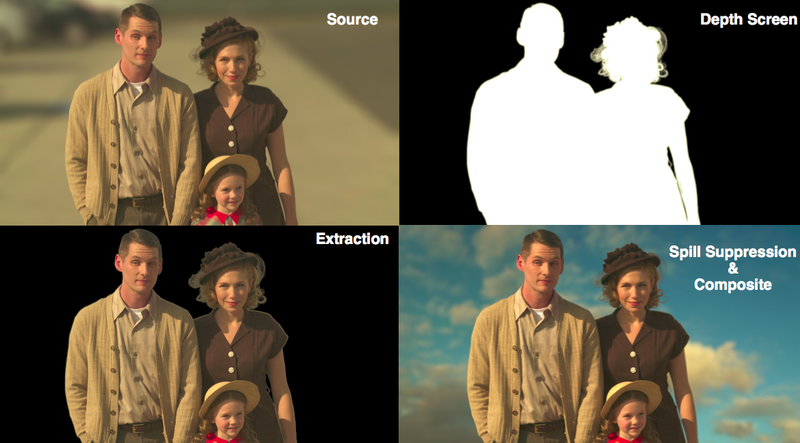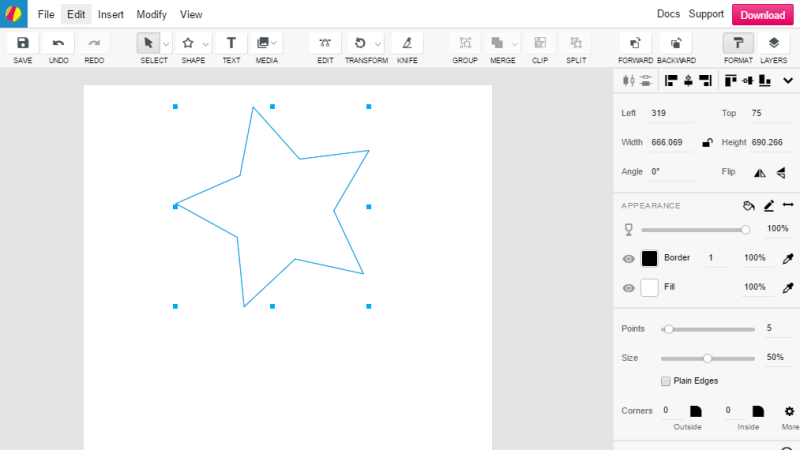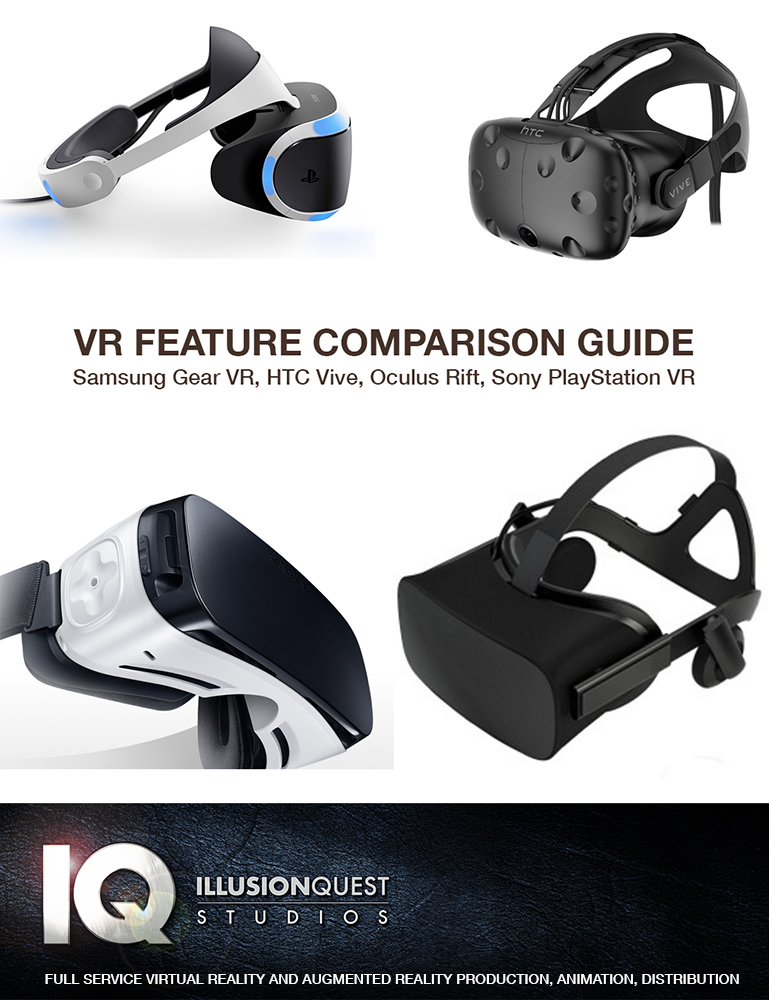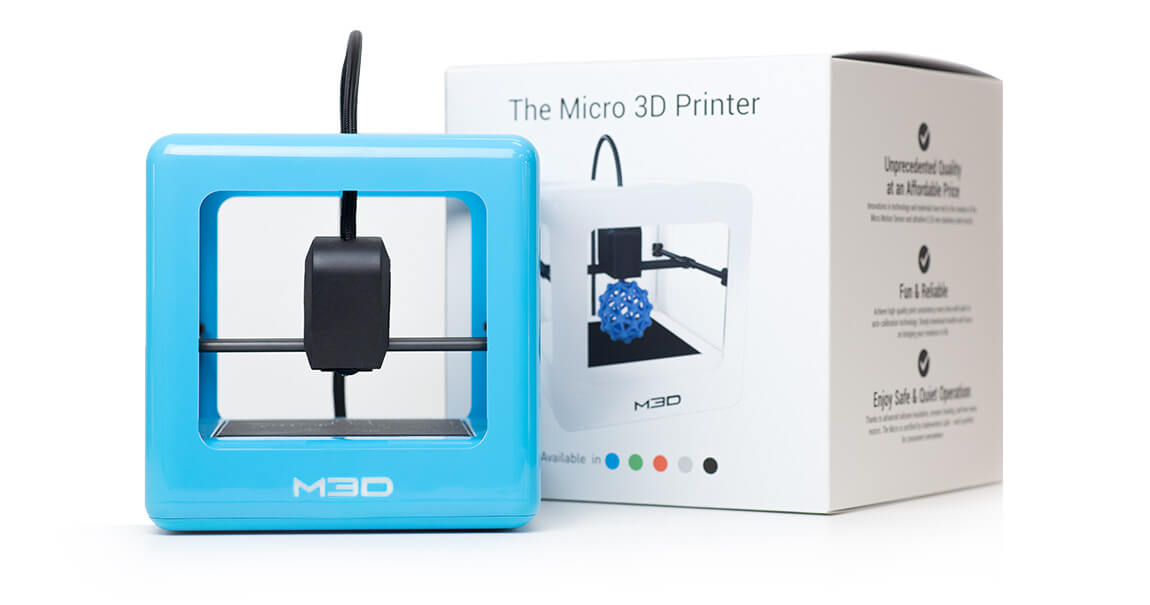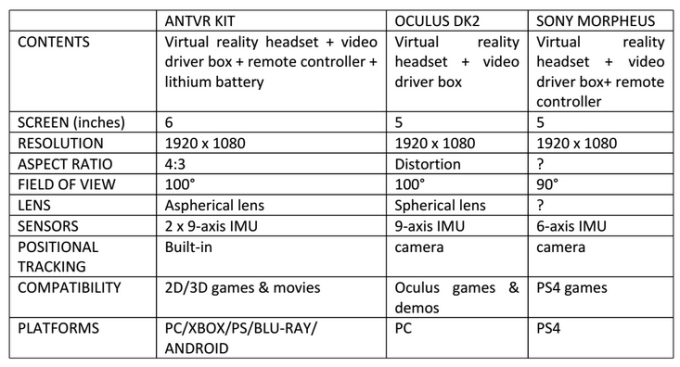http://www.fastcodesign.com/3058803/cant-program-now-theres-a-wysiwyg-for-designing-with-code





3Dprinting (173) A.I. (686) animation (336) blender (195) colour (228) commercials (46) composition (150) cool (359) design (629) Featured (66) hardware (304) IOS (109) jokes (134) lighting (279) modeling (117) music (183) photogrammetry (175) photography (749) production (1241) python (85) quotes (485) reference (309) software (1321) trailers (295) ves (529) VR (219)
Year: 2016
-
Blue Sky Reaches Settlement in Hollywood Studio Antitrust Lawsuit
http://www.awn.com/news/blue-sky-reaches-settlement-hollywood-studio-antitrust-lawsuit
Blue Sky Studios has reached a settlement in a class-action lawsuit, Variety reports, alleging that the animation studio behind last year’s The Peanuts Movie and the Ice Age franchise and other companies violated antitrust laws by conspiring to suppress the wages of animation and VFX artists via non-poaching agreements.
The suit contends that the roots of the anti-poaching agreements go back to the mid-1980s, when George Lucas and Ed Catmull, the president of Steve Jobs’ then-newly formed company Pixar, agreed to not raid each other’s employees. Other companies later joined conspiracy, the suit alleges, including Sony ImageMovers, Lucasfilm and Walt Disney.
The plaintiffs have been seeking class certification. Their proposed settlement class includes certain animation and visual effects employees who worked at Pixar from 2001 to 2010; Lucasfilm from 2001 to 2010; DreamWorks Animation from 2003 to 2010; the Walt Disney Co. from 2004 to 2010; Sony Pictures Animation and Sony Pictures Imageworks from 2004 to 2010; Blue Sky from 2005 to 2010; and ImageMovers from 2007 to 2010.
COLLECTIONS
| Featured AI
| Design And Composition
| Explore posts
POPULAR SEARCHES
unreal | pipeline | virtual production | free | learn | photoshop | 360 | macro | google | nvidia | resolution | open source | hdri | real-time | photography basics | nuke
FEATURED POSTS
-
Methods for creating motion blur in Stop motion
-
Kling 1.6 and competitors – advanced tests and comparisons
-
How do LLMs like ChatGPT (Generative Pre-Trained Transformer) work? Explained by Deep-Fake Ryan Gosling
-
Photography basics: How Exposure Stops (Aperture, Shutter Speed, and ISO) Affect Your Photos – cheat cards
-
copypastecharacter.com – alphabets, special characters and symbols library
-
Ross Pettit on The Agile Manager – How tech firms went for prioritizing cash flow instead of talent
-
Metaphysic Acquired by DNEG Group’s AI Arm
-
Game Development tips
Social Links
DISCLAIMER – Links and images on this website may be protected by the respective owners’ copyright. All data submitted by users through this site shall be treated as freely available to share.

